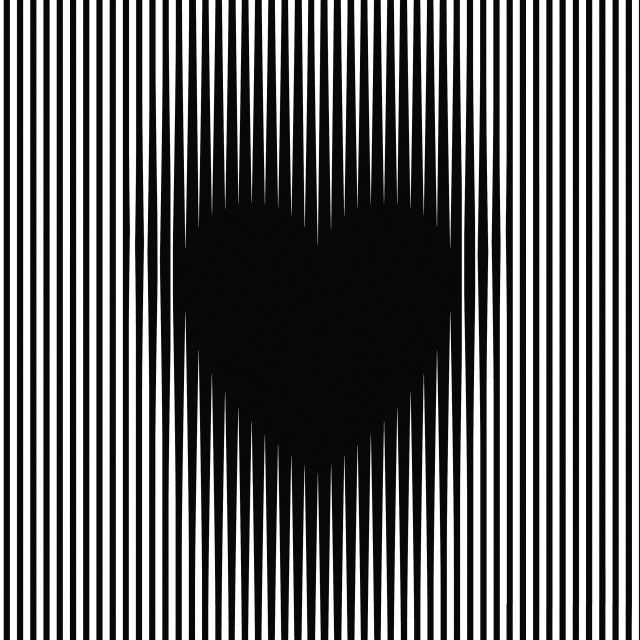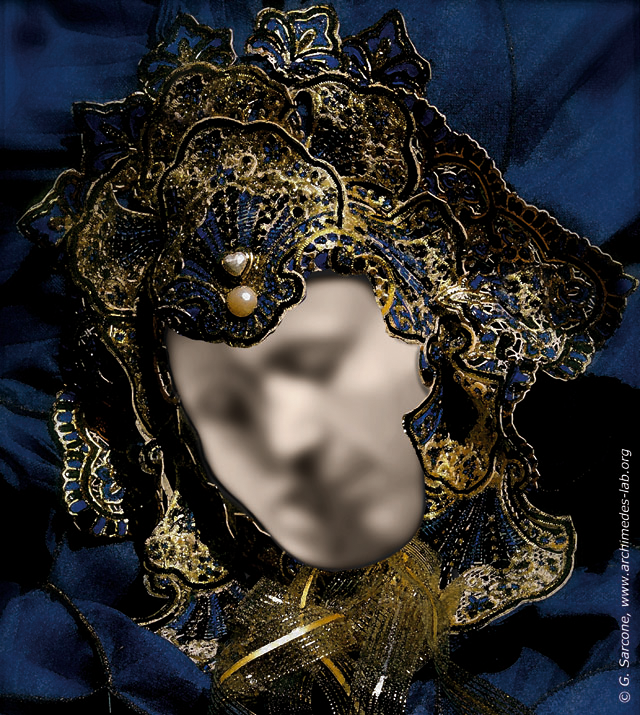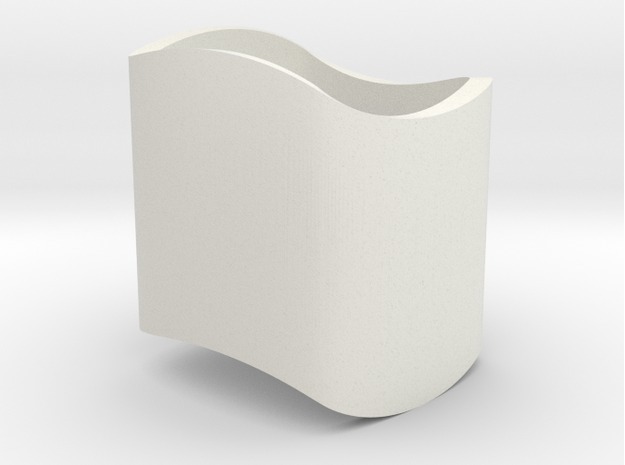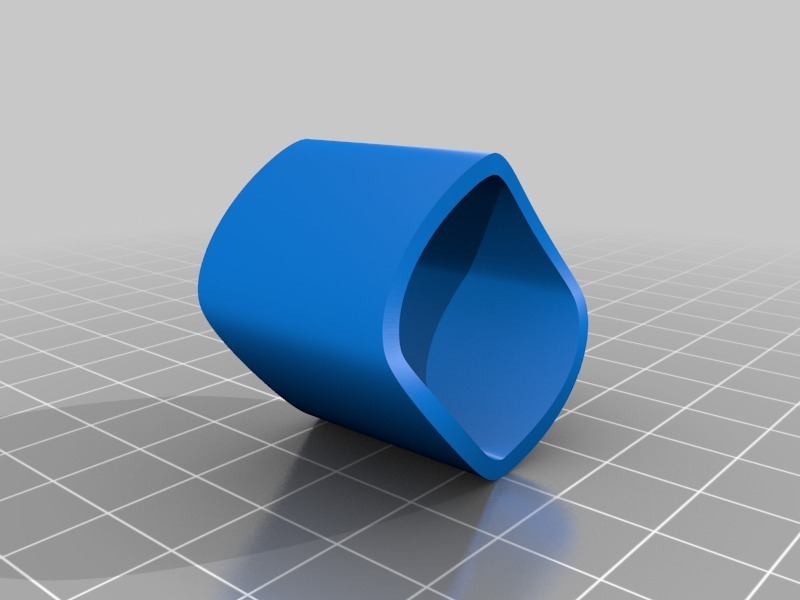The best optical illusions of 2016 are defined.
Some can be done by yourself

Autokinetic illusion (the phenomenon of illusory movement, observed in the situation of long-term fixation of the gaze on a fixed object), the finalist of the 2014 competition and the owner of the maximum rating for the entire duration of the competition
The organizers of the contest The Best Illusion of the Year announced the winners of 2016 .
Since 2005, this competition has been conducted by the Society for Neurological Research (Neural Correlate Society), attracting the best specialists in creating illusions, where objects visible and subjectively perceived by the brain do not coincide with objective reality.
The study of illusions is an important element for understanding how the system of processing data from the senses. This is valuable information for ophthalmologists and neurologists, including for the diagnosis and treatment of various diseases.
')
As is known, specific brain structures that interpret visible objects are involved in processing the visual picture of the world. Thus, everything that a person sees is in some sense an illusion.

The famous " Mask of Love " from the competition of 2011, the owner of the 2nd place in the rating for all time of the competition. The viewer's brain first sees a face in a mask, and then performs a “switch” and sees two faces (the so-called “bistable illusion”)
The organizers believe that contests have always been part of the scientific tradition and have often become an incentive for interesting research, and also serve to promote scientific knowledge. Everyone knows the Nobel Prize in several scientific disciplines, the Fields Prize in Mathematics, and the X Prize Competition for Private Companies, which forever changed cosmonautics.
Even the modern scientific community itself has competitive elements: for example, scientific grants are prizes awarded by a committee of judges, depending on the quality of the proposed scientific ideas.
In general, the holding of competitions is a great idea, and the competition of optical illusions once again confirms this.
1 place
The winner of 2016 was the work of “ Motion Integration Unleashed: New Tricks for an Old Dog ” by authors Matthew T. Harrison and Gideon P. Caplovitz from the University of Nevada in Reno (USA). On the video they have prepared, Gabor's elements move like lattices with a sinusoidal brightness distribution.
The elements of Gabor were used several times to prepare optical illusions at past contests. In particular, the movement of elements of Gabor created the effect that the object moves in the opposite direction to its real movement.
In this paper, the authors show variations of objects from several stationary elements of Gabor, which create a set of different illusions: a rotating square, oscillating rods, passing waves, etc. In each case, all elements of Gabor remain motionless, although it seems to the human brain that this is not so.
2nd place
The second place this year was taken by the illusion with the “ambiguous cylinders” “ Ambiguous Cylinder Illusion ” - the undisputed winner of the audience vote. It is completely incomprehensible why the authoritative jury of illusionists gave this ingenious work only the second place.
The author of this work, Kokichi Sugihara from Meiji University (Japan), managed to create vertical cylinders of unusual shapes that look like squares on one side and like circles on the other. Thus, if you put them in front of a mirror, the upper face of the cylinder will look like a square and a circle at the same time !
Probably, only non-standard Japanese mind could invent something similar (upd: not only Japanese ).
The work of Kokichi Sugihara aroused genuine interest among specialists. One of them made a thorough reconstruction of the original form of this figure and printed it on a 3D printer. In its reconstruction, the illusion is no worse than that of the Japanese.
By the way, one of the entrepreneurs even organized the sale of such models for seven euros. Here's what they look like.


If you have a 3D printer, you can print the detail for free: STL files .
3rd place
The list of winners is completed by Christine Veras from Nanyang Technological University (Singapore) with her work “ Silhouette Zoetrope ”, an interesting variant of the zootrope.
In this work, the principle of the famous zootrop is used - a device for the demonstration of moving pictures, which appeared long before the cinema. Feathery references to such a device are found in Chinese annals of 180 AD. In a zootropus, the illusion of a moving picture arises because of persistence — the peculiarities of human vision, when successive events seem continuous.
In the Singapore “inverse” modification of the zootrop the image illusion is created inside the drum (strobe) as it rotates.
See also the list of finalists , which included the top 10 works of this year.
Source: https://habr.com/ru/post/395851/
All Articles